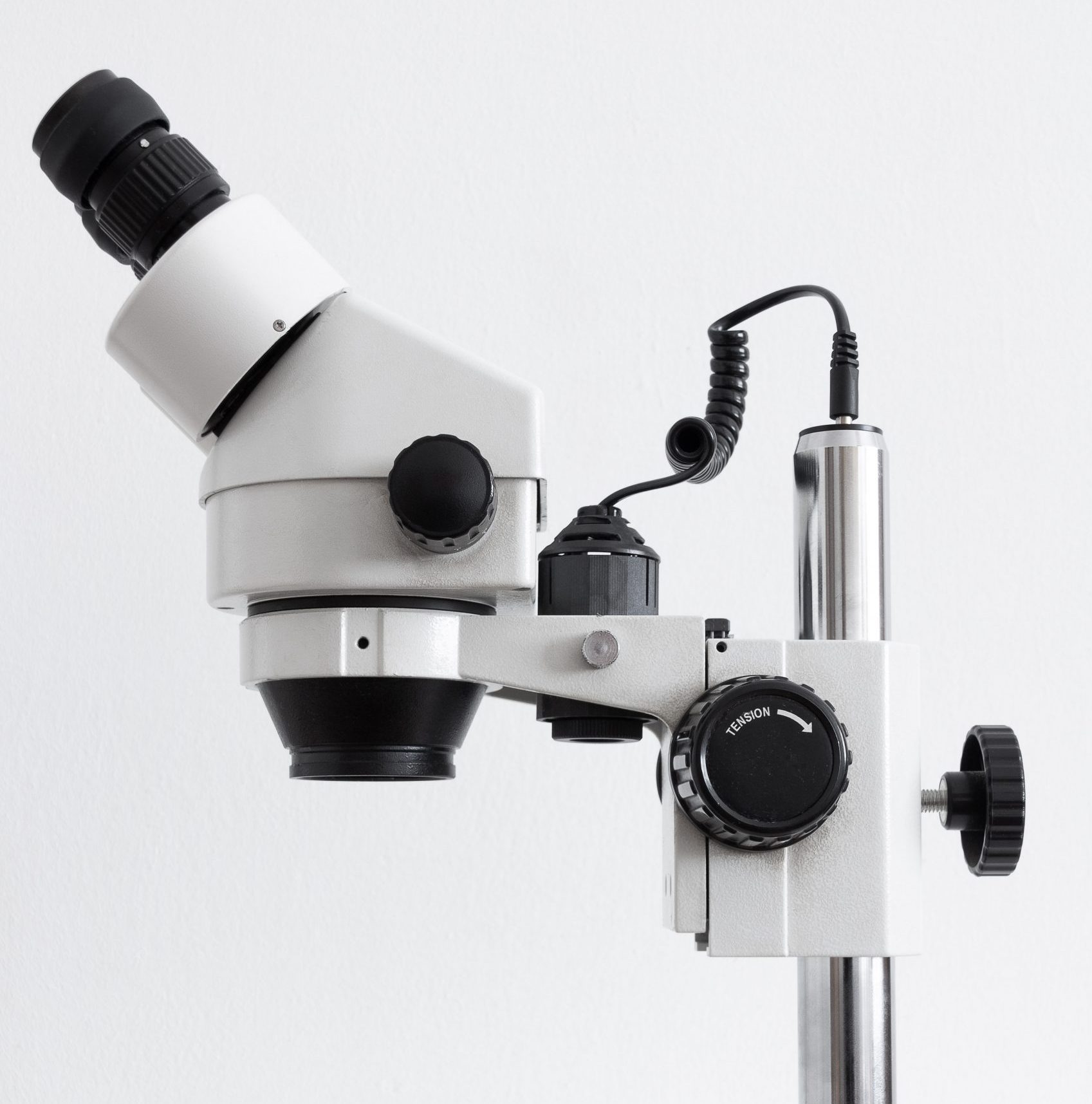
At a time when universities are already facing intense pressure to re-envision their role in the S&T ecosystem, we encourage NSF to ensure that the ambitious research acceleration remains compatible with their expertise.
FAS CEO Daniel Correa recently spoke with Adam Marblestone and Sam Rodriques, former FAS fellows who developed the idea for FROs and advocated for their use in a 2020 policy memo.
When the U.S. government funds the establishment of a platform for testing hundreds of behavioral interventions on a large diverse population, we will start to better understand the interventions that will have an efficient and lasting impact on health behavior.
Integrating AI tools into healthcare has an immense amount of potential to improve patient outcomes, streamline clinical workflows, and reduce errors and bias.
Each publication developed under this initiative focuses on a distinct aspect of health and innovation, from artificial intelligence in healthcare, to rethinking national health frameworks, to advancing heat-health resilience.
We’re seeking proposals that identify specific fairness harms associated with AI and propose actionable policy solutions at the federal, state, and local levels.
AI safety is a rapidly evolving field that draws attention from a diverse range of policymakers across the political spectrum, including those in Congress, federal agencies, and state and local governments.
From using AI to optimize power grids to accelerating clean energy R&D, AI holds huge potential, while also introducing new challenges related to climate, equity, infrastructure, security, and sustainability.

We engage with the public, academia, and the private sector to foster a broader understanding of AI and emerging technology policy issues.

We’re scoping ambitious ideas to help ARPA-I begin executing projects that improve transportation across the country.

The U.S. bioeconomy is growing rapidly, innovation is needed to sustain and maintain this growth. Shaping policy to consider workforce development, advanced agriculture, bioindustrial and biotech sectors will be imperative to keep the needle moving forward.

We aim to catalyze a more nimble science funding ecosystem, capable of keeping up with and facilitating new innovations to improve the lives of people around the world.





